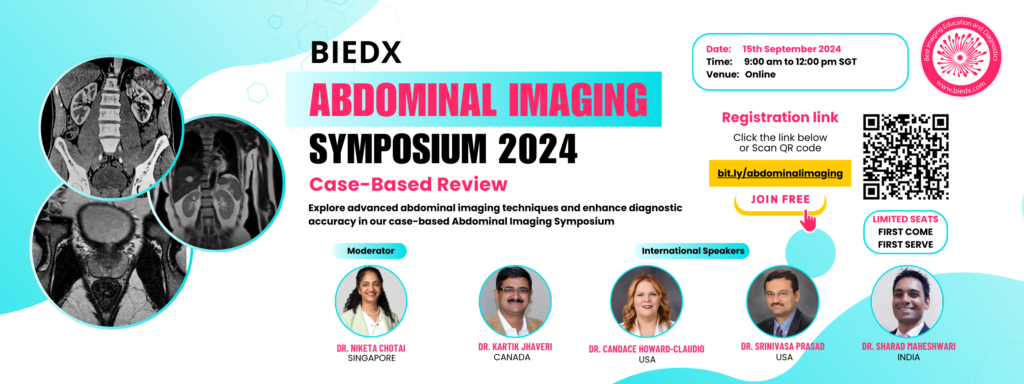Patient care within the contemporary healthcare landscape has evolved to become holistic and collaborative. Probably, this is due to a growing realization that complex medical conditions require comprehensive and multi-faceted approaches, particularly chronic diseases and cancer. At the very core of most of these strategies lies multidisciplinary teams, which bring together diverse professions in medical practice to provide coordinated and integrated care. Of these medical professionals, radiologists have a very important role to play. This article delves into how radiologists contribute to multidisciplinary teams and enhance patient care.
Integral Diagnostic Expertise
Radiologists are medical professionals who specialize in interpreting medical images obtained with techniques like X-rays, CT scans, MRIs, and ultrasounds. Their diagnostic expertise becomes of prime importance in the identification and assessment of various conditions. Hence, radiologists play a very important role in the MDT by providing information needed to form a diagnosis and initiate appropriate treatment.
Early and Accurate Diagnosis: Radiologists’ ability to detect abnormalities at an early stage can significantly influence treatment outcomes. For example, in oncology, early imaging detection of tumors usually translates into the possibility of early intervention and a relatively better prognosis for the patient. Radiologists work in conjunction with oncologists to ensure that results interpreted from these images are properly aligned within the course of treatment for individual patients.
Guidance for Biopsies and Surgeries: Many radiologists conduct image-guided biopsies and thus give a minimally invasive way of obtaining tissue samples for further examination. Their expertise also helps in planning and executing complex procedures by surgeons. Thus, this cooperation makes surgical interventions realize high efficiency and lessens risks to the patients during treatment.
Enhancing Treatment Planning
Radiologists are very critical to treatment planning, more so in specialties like oncology where the field is extremely dependent on imaging for cancer staging and monitoring of response to therapy. With the computation of detailed images concerning internal structures of the body, radiologists help other specialists outline treatment plans that will best suit every patient individually.
Staging and Monitoring Cancer: Accurate staging of cancer is crucial for determining the most appropriate treatment. Radiologists use various imaging modalities to assess the size, location, and spread of tumors. This information is vital for oncologists to develop targeted treatment strategies, whether it be surgery, chemotherapy, radiation therapy, or a combination thereof.
Evaluating Treatment Efficacy: During medication, radiologists monitor the response of the patient to the therapy. Regular imaging helps in demonstrating the shrinkage or growth of a tumor in order to provide instant feedback on treatment efficacy. This continuous assessment will help in adjustments to treatment if required for the best outcomes for the patient.
Facilitating Communication and Collaboration
Successful MDTs depend on effective communication and teamwork. The detailed and accurate results of imaging interpreted by radiologists give meaning to the decisions of the other team members.
Interdisciplinary Meetings: In many healthcare settings, MDTs meet regularly to discuss patient cases. Radiologists present their findings and become involved with others—like surgeons, oncologists, and primary care physicians—to create an integrated approach in the treatment of patients. Development is given toward more holistic and effective care since consideration is paid to all aspects of the patient’s condition.
Patient Education: Radiologists also contribute to patient education by explaining imaging results in a way that patients can understand. This helps patients become more informed about their conditions and involved in their care decisions, which can improve adherence to treatment plans and overall satisfaction with their care.
In the Nutshell
The role of radiologists in multidisciplinary teams is multifaceted. So, if you are looking to become a radiologist, BIEDX offers a range of online courses including online mammography courses, MRI Breast reading courses, and much more. Our online mammography programs are designed by experts to deliver high-quality knowledge and patient-centric skills that lead to early detection of cancers and other diseases as well as provide radiologists with the much needed training for their career growth.
Moreover, they acquire expertise in diagnostic imaging, treatment planning, communication, and research to enhance patient care. So, what are you waiting for? Enroll in our state-of-the-art workshop today at affordable rates.



